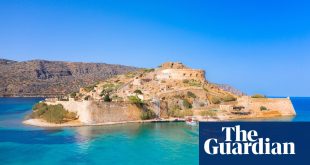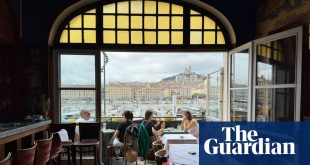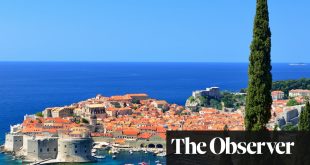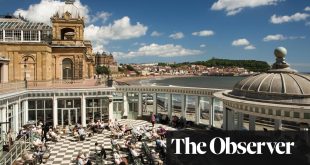Start The Bear, Devizes, Wiltshire
Distance 10 miles one-way (return by bus)
Time 5 hours
Total ascent 276 metres
Difficulty Challenging
Google map of the walk
Allow Google content?
This article includes content provided by Google. We ask for your permission before anything is loaded, as they may be using cookies and other technologies. To view this content, click ‘Allow and continue’.
Three of us have been tramping round the British countryside together, on and off, since we left university decades ago. Our plan is to stay at the Bear in Devizes, walk 10 miles to Avebury, through ancient downland, and get the bus back.
The sun is shining the evening we arrive in Devizes and we stroll through town to the Kennet and Avon canal, down the long flight of locks known as Caen Hill and back up the other side. The bottom lock is called Moon Rake, from an old tale about Wiltshire smugglers. Caen (pronounced “cane”) Hill is a steep run of 16 locks – part of a total of 29 over two miles of the Kennet and Avon. By the time we’re heading back to the Bear for dinner, there’s a golden evening light on the canal. Herons stand silhouetted by the side pounds (rectangular ponds used to supply water to the canal) and there are dragonflies glinting through fringes of purple loosestrife and fragrant meadowsweet round the water’s edge.
Devizes is a centuries-old market town with a mix of architecture, often in the same building: Georgian mansions with Tudor interiors or a Norman church with medieval chapels. In the middle of town, beside the big market place, the Bear Hotel stands opposite the ornate Market Cross and fountain and next to the Victorian Corn Exchange (currently a Covid vaccine centre).
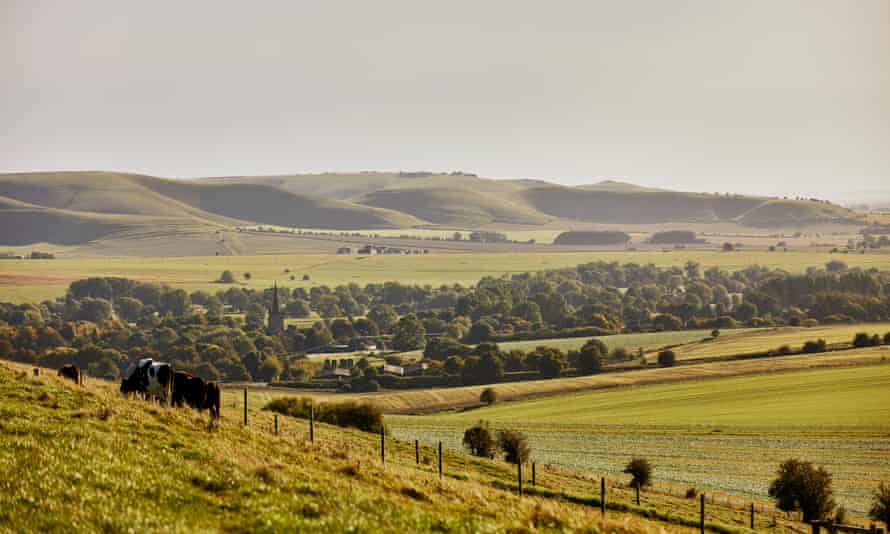
The Bear is a coaching inn sprawling over two buildings: an 18th-century mansion of honey-coloured Bath stone and an older section where wooden columns hold up a beamed ceiling and the bar is lined with Dutch tiles. All kinds of venerable features survive: on a chest opposite the reception desk are three large leather-bound ledgers dating back to the 19th century. There is an antique phone in a booth off the pillared area in front of the bar and a stone fireplace in the book-lined room to one side, where we are drinking.
Pictures by 18th-century portraitist Thomas Lawrence are scattered through the pub. From 1773, Lawrence’s father was landlord of what was then the Black Bear, and the precocious six-year-old Thomas would sketch likenesses of guests and recite lines from Milton. By the time the family moved to Bath, five years later, he was already supporting them with his art. The Holbourne Museum in Bath is hosting a virtual exhibition of his early work (until 31 May 2022).
Next morning, deputy manager Georgia Raspini takes us down into the Bear Pit, a crumbling cellar bar that used to host blues nights at weekends. There are trumpets and a guitar over one archway and Raspini says she wants to turn it back into a jazz venue.
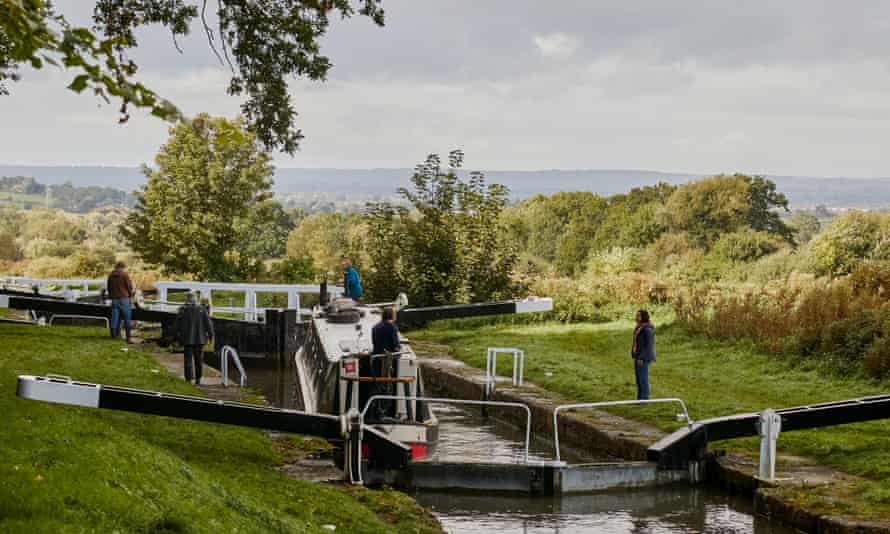
We set off through Devizes to walk to Avebury, crossing the canal into a tall lime avenue called Quakers Walk. On Roundway Down, we pass the site of a 1643 Civil War battle, where Royalist cavalry beat Parliamentarian troops. On the far side of a golf course, we cross Wansdyke, a defensive bank and ditch. One of the golfers tells us to be quiet; otherwise we see almost no one before Avebury. Bronze-age burial mounds rise from a sea of pale purple scabious and knapweed, bright yellow ragwort, trefoil and feather-leaved yarrow. Our picnic place is a soft bank of ladies’ bedstraw, with its tiny star-like flowers. Butterflies flicker through late summer flowers. They include a chalk hill blue, a turquoise flash among the horseshoe vetch and harebells.
As many as 50 types of flower can grow on single square metre of chalk downland. There are deep blue round-headed rampions and carpets of aromatic wild marjoram. Flowering downs frame the wide views, stretching south across the Vale of Pewsey towards Salisbury Plain and north to the Cotswolds. The Wiltshire countryside is a patchwork of historic and prehistoric sites. This hike along ridgeways and ancient Roman roads ends near the largest stone circle in the world. Along the way are hillforts, tumuli and chalk-cut white horses. The triangular ramparts of Oldbury Castle were once full of iron age roundhouses.
Not all the landmarks are ancient. The newest white horse, just outside Devizes, was created to celebrate the third millennium in 1999. The one at Cherhill, near Oldbury hillfort, was carved in the late 18th century. Charles Barry, architect of the rebuilt Houses of Parliament, designed the nearby Lansdowne monument, a tall stone obelisk, in 1845.
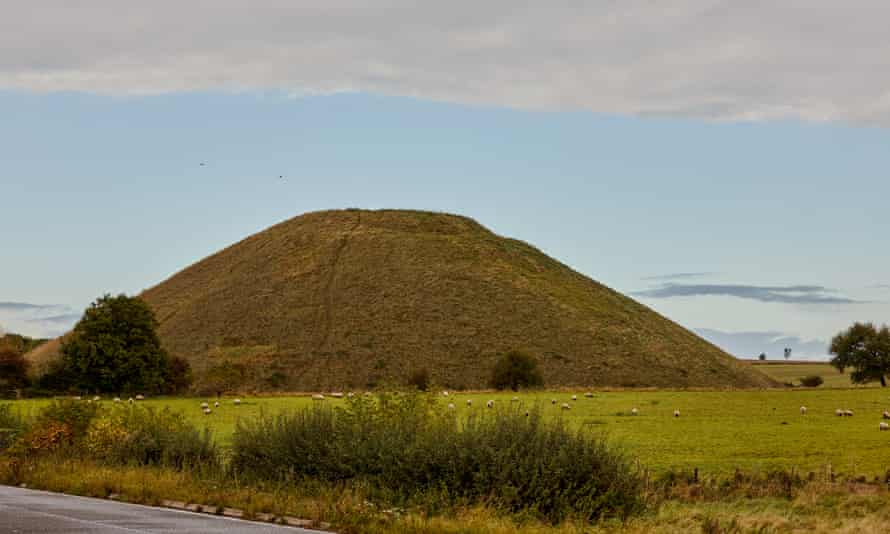
A couple of standing stones in a field near Avebury are all that is left of a ceremonial megalithic avenue. Later, we explore the double line of stones that form West Kennet Avenue, stretching downhill on the far side of the ancient circle and giving some sense of the huge scale of the original site. But first it’s time for tea at a National Trust picnic table and a gentle amble past thatched cottages with hollyhocks outside, and around the gardens of Avebury Manor. Orange marigolds and flamboyant, flawless dahlias contrast with the mellow grey stone of the garden walls and 15th-century church.
There are good views of Silbury Hill, Europe’s largest artificial prehistoric mound, from the top deck of bus 49 back to Devizes. On the dining room wall of the Red Lion, next to the Avebury bus stop, a map of ancient sites from the Norfolk coast to the tip of Cornwall, through Bury St Edmund, Avebury, Glastonbury, Bodmin Moor and St Michael’s Mount, charts a straight diagonal line across the south of England.
The pub

In the 17th century, the Bear was a coaching inn on the London-to-Bath road and variously boasted a bowling alley, a ball room, and an ornamental garden. With sloping and uneven floors, a spiralling wooden stairway and painted tiles, it is full of atmospheric corners. The main menu has pub classics, vegan options and local produce with a foodie twist (sourdough, burrata, tapenade and so on) and breakfast choices include scrambled egg with smoked salmon. The Bear is now a flagship pub for the nearby Wadworth Brewery and serves paddles of three third-of-a-pint beer tasters.
The rooms
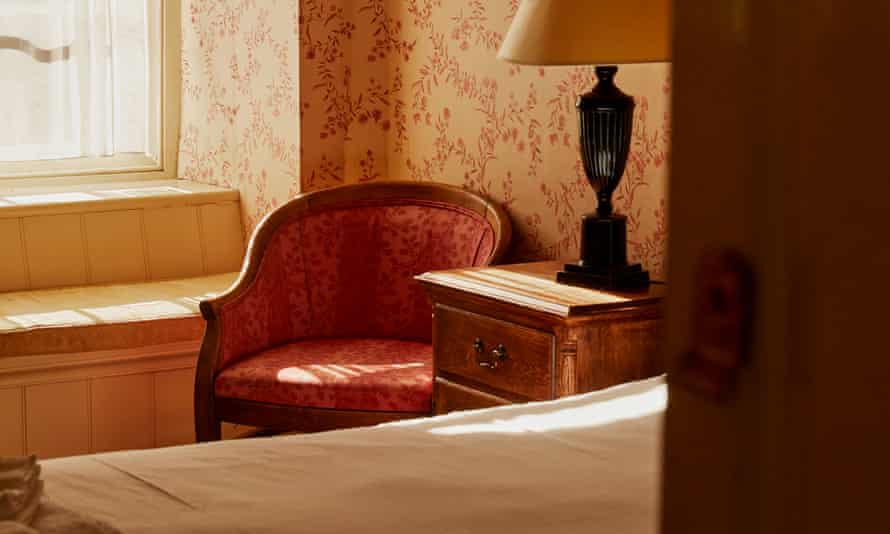
Of the 25 rooms, we booked three singles. The view from mine is on to a rooftop, but it’s comfortable, with a powerful shower and a good supply of storage space, tea and toiletries. There are roomier doubles and suites with four-posters or family rooms with cute rows of single beds. The decor involves polished wood, classic floral prints and sturdy curtains in faded rose. Pictures favour landscapes or botanical drawings, with some nods to the pub’s history, like the collection of portraits by Lawrence. There’s talk of refurbishment, which could be a shame – although replacing one or two of the mattresses might be timely. The building’s Grade-II listing prohibits anything too drastic, so the Bear’s sense of history should survive for future travellers.
Doubles from £82.50 B&B,
 Top Naija News – Nigeria News, Nigerian News & Top Stories Top Naija News – Nigerian Newspapers, Nigerian News. topnaijanews is a daily Nigerian newspaper covering Latest News, Breaking News, Entertainment, Sports, Lifestyle and Politics.
Top Naija News – Nigeria News, Nigerian News & Top Stories Top Naija News – Nigerian Newspapers, Nigerian News. topnaijanews is a daily Nigerian newspaper covering Latest News, Breaking News, Entertainment, Sports, Lifestyle and Politics.
